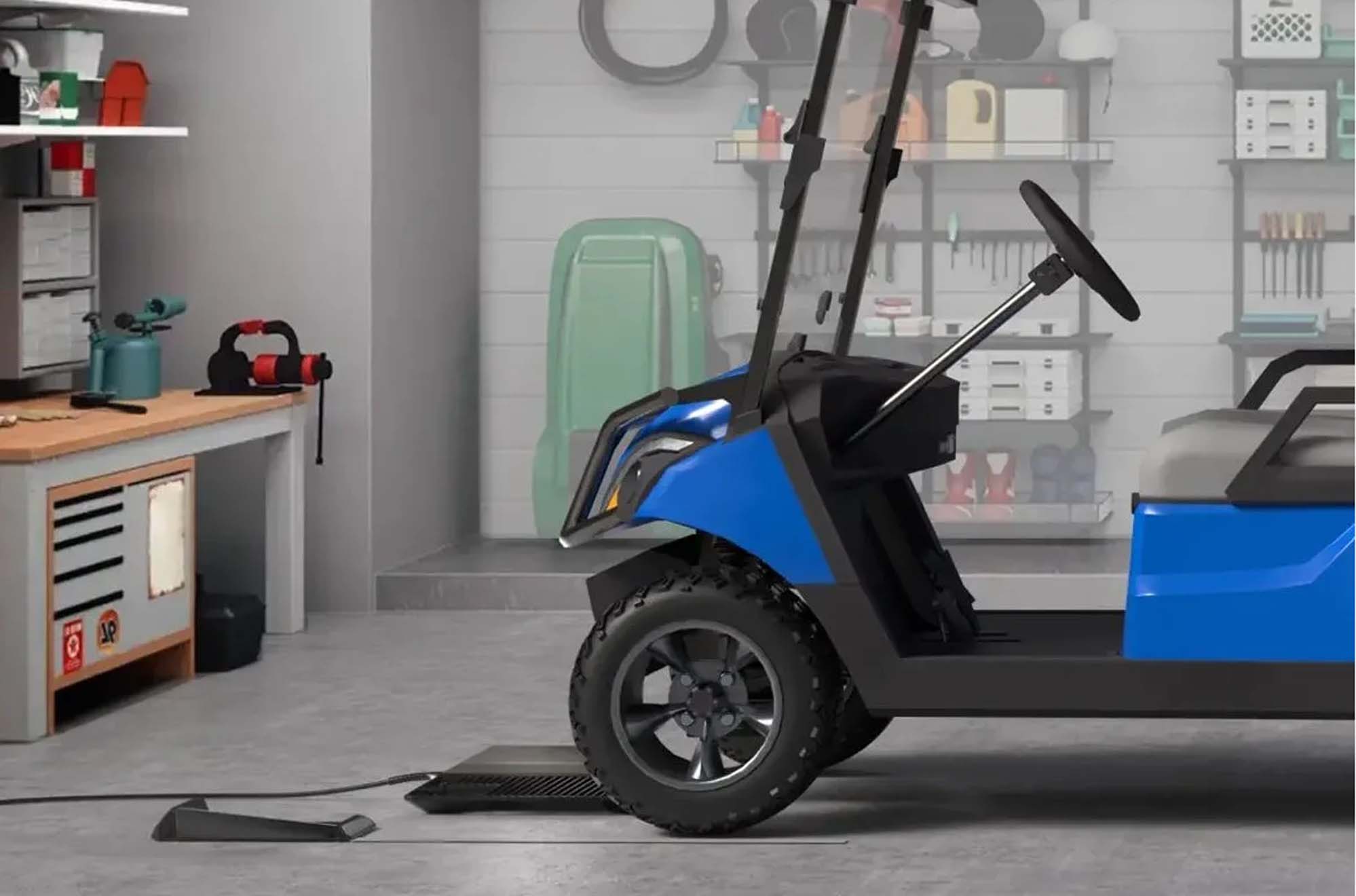Charging lithium golf cart batteries properly is essential for maximizing their lifespan and performance.
1. Use the Right Charger
Lithium-specific charger: Always use a charger designed for lithium-ion (LiFePO4) batteries, not lead-acid. Using the wrong charger can damage the batteries.
Correct voltage & current: Ensure the charger matches the battery’s voltage (e.g., 36V, 48V, 72V) and recommended charging current.
2. Charging Steps
Turn off the golf cart before connecting the charger.
Plug the charger into the cart first, then into the wall outlet (prevents sparking).
Automatic shutoff: Most lithium chargers stop when fully charged (no risk of overcharging).
Disconnect after charging to avoid unnecessary drain.
3. Ideal Charging Conditions
Charge at room temperature (32°F–113°F / 0°C–45°C is typical for LiFePO4).
Avoid extreme heat or cold, as it can reduce battery life.
4. Charging Frequency
Partial charges are fine (unlike lead-acid, lithium batteries don’t need full discharges).
Avoid deep discharges (try not to go below 20% charge for best longevity).
Store at 50-60% charge if not using for long periods.
5. Safety Tips
No trickle charging: Lithium batteries don’t need it (unlike lead-acid).
Check connections for corrosion or looseness.
Use a battery management system (BMS)—most lithium golf cart batteries have one built in to prevent overcharging, overheating, and over-discharging.
6. Troubleshooting
If the battery won’t charge:
Check the charger connection.
Verify the charger is working (try another one if possible).
Inspect the battery for damage or extreme temperatures.
Check the BMS for faults (some batteries have reset buttons).
By following these steps, your golf cart lithium batteries should last longer and perform optimally.
Post time: Jul-07-2025

